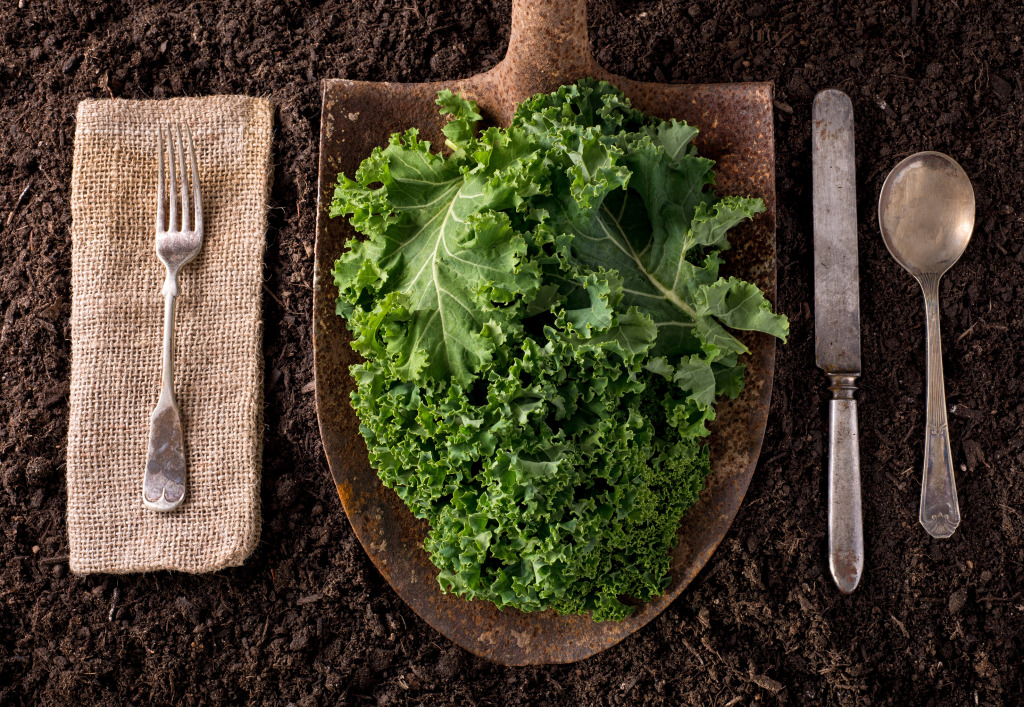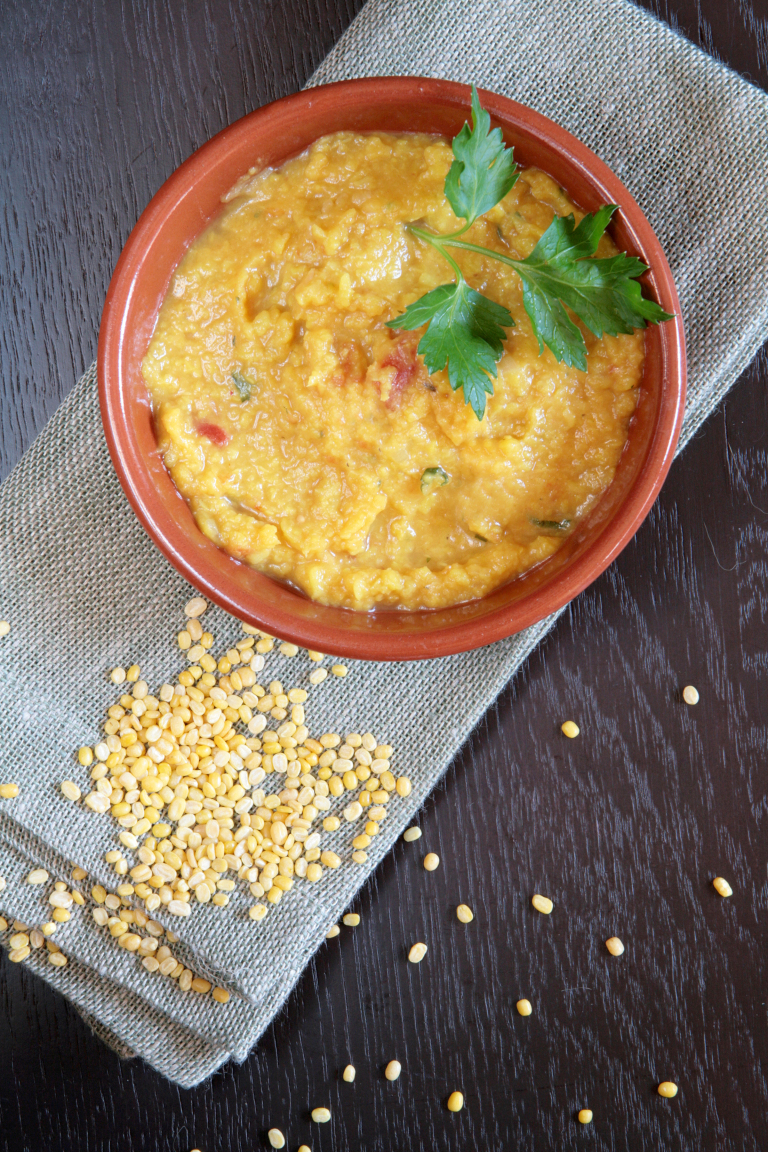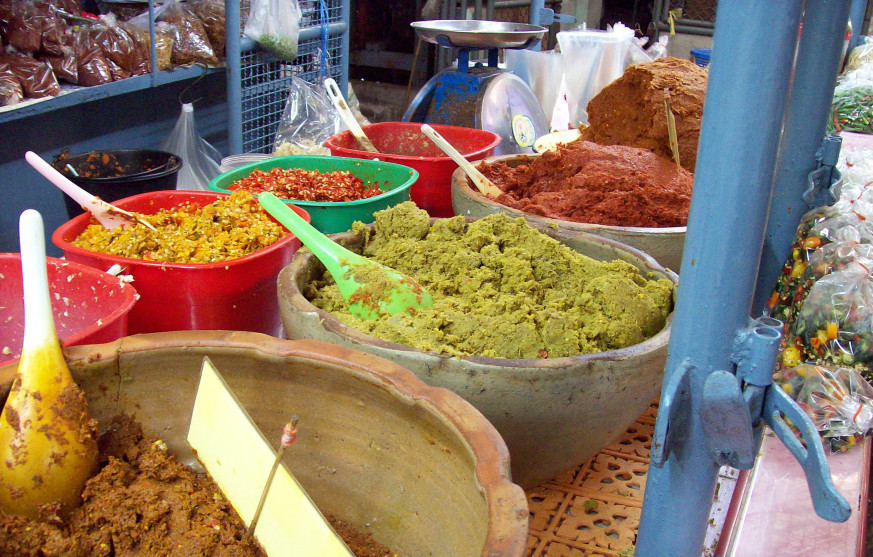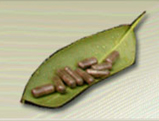 Loading... Please wait...
Loading... Please wait...Providing 25 Years Of Premium Service
Storewide Sale - Save 20%
Blog - ayurveda
“We Are What We Eat” Series, Part V, Finito!
Posted on 3rd Jun 2015
Today we summarize this series on the diet’s Ayurvedic dimensions and role in maintaining good health and preventing disease. In Srimad Bhagavad Gita, Lord Kṛṣṇa compares Himself with the digestive fire, or agni, which assimilates and digests food in order to sustain Life.
Though diet plays a vital role in Ayurveda’s healing modality, these “rules” flex and bend gracefully according to the transient nature of living in your particular body. Your constitutional make up (prakriti) is unique as are your current needs for balance (vikriti); thus, your dietary needs are also unique. You will not find pre-set body weights or calorie counting instructions in Ayurvedic Dietary Theory. You will find recommendations for listening to the voice of your physiology to hear what, where, when and how you should eat. You will find instructions to include the six different tastes – sweet, sour, salty, bitter, pungent and astringent – at every meal, favoring those tastes that are suited to your current needs and incorporating lesser amounts of the rest. Including different tastes at each meal reduces cravings and balances appetite and digestion naturally, providing clear instructions via the senses, supported by the voice of your own physiology.
Food influences both physical activities and psychological activities. Agni requires food to maintain the body’s constant activity, much like a furnace providing heat in exchange for the life of a tree; the body of Earth. Improper, excessive, heavy, and cold food extinguishes this fire and produces endotoxic substances called Ama. For supplementation, Tattva’s Herbs offers Ginger, Triphala, Chyawanprash and Trikatu to stoke the fire of Agni.
The Ayurvedic way of cooking brings together a harmonious collection of fresh wholesome ingredients into a feast for all your senses. In a well-prepared Ayurvedic meal, a medley of tastes, textures, colors, aromas and flavors blend together to restore balance to your body, mind, spirit, senses and emotions.

“We Are What We Eat” Series, Part IV
Ayurveda conceptualizes the effects of food on the mind as causing either an increase or decrease in the three Modes of Nature: SatvaGuna, the mode of goodness; RajoGuna, the mode of passion; and TamoGuna, the mode of ignorance. General guidelines are as follows:SatvikA Satvik diet consists of fresh fruits like pomegranates, apples, berries, oranges, grapes, [...]

“We Are What We Eat” Series, Part III
Sukti amongst the Mexican FlowersAyurveda approaches health through diet based on eight simple concepts – these are the second four:Five: Place (Desha)The classification of Places into distinct types, for example; marshy, dry and normal, reflects diverse climatic conditions and their influence on the body when she eats. As the individual perceives a complimentary environment, [...]

The “We Are What We Eat” Series, Part II
Ayurveda approaches health through diet based on eight simple concepts, the first four of which we will expound upon today:One: The Nature of Food (Prakruti)Classification of food into two distinct categories of heavy and light depends on digestability. For example, meat is heavy for digestion while rice and vegetables are light. This is the basic [...]

The “We Are What We Eat” Series, Part I
Within Ayurveda, we are what we eat, with primary importance placed on the foods we choose in our daily lives. Cultivating a healthy diet nourishes the body’s vitality, as well as the mind and spirit. According to Ayurveda, a healthy human being possesses both a strong body and a sound mind.A nutritious diet helps balance [...]

Radish and Snap Pea Salad
This time of year our food should have qualities that increase lightness and freshness, bringing us out of our heavier winter bodies. This salad is a great addition to the spring diet.2 bunches radishes – save a few leaves if they look fresh enough for garnish on soup2 lbs snap peas1 Tbs honey2 Tbs [...]

Fresh Sautéed Greens
Two bunches (approx 4-6 cups) of fresh, young Kale, Collard Greens, Swiss Chard, Spinach, Dandelion Greens, and Beet Greens stemmed, ribbed and cut into thin strips1 -2 Tbsp Ghee (Clarified Butter) or Coconut Oil1 1/2 tsp Cumin Seeds2 tsp Mustard Seeds1 tsp ground Turmeric¼ cup fresh Cilantro, stems removed & chopped½ -1 tsp Hing (asaeofetida)1 [...]

Susan’s Spicy Lentil Vegetable Dhal
1 1/4 cup masoor dal (red lentils, yellow lentils or combination of yellow split peas and lentils)1 cup chopped carrots1 cup diced potatoes½ cup sliced leeks½ cup chopped tomatoes (optional)1 cup chopped kale or spinach3 1/2 cups water3/4 teaspoon ground turmeric2 tablespoons olive oil or ghee1/2 teaspoon brown mustard seeds1/2 teaspoon cumin seeds1/2 teaspoon fenugreek [...]

Ayurvedic Relief for Muscles and Joints
Ouch! In response to lifestyle, diet, and emotional pattern, our doshas; vata, pitta, and kapha, can easily move out of balance. These imbalances slow down agni, or digestive fire, resulting in the toxic by-product of inadequate digestion known as ama.Vata, the main active dosha, brings ama into the colon. From there, ama travels [...]

Why Digestion Is Like a Campfire
Digestion should not be taken for granted — really, it is the central pivot for all functioning in our body. Occupying the actual physical center of the organism, and being the interface between our own inner world and the external environment, as we bring the outside world into us in the form of food, the [...]
















